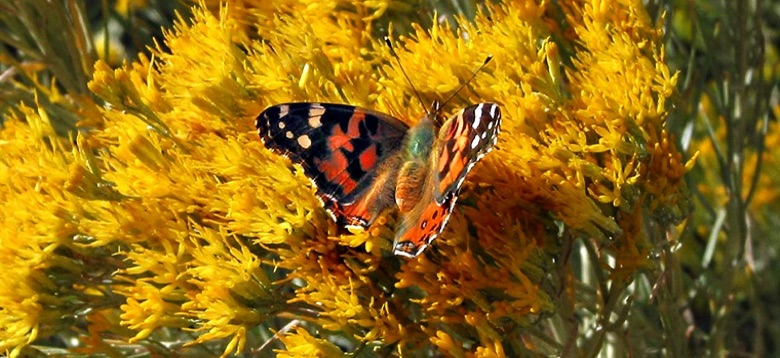Provide Food for Wildlife
Everyone needs to eat! Planting native forbs, shrubs and trees is the easiest way to provide the foliage, nectar, pollen, berries, seeds and nuts that many species of wildlife require to survive and thrive. You can also incorporate supplemental feeders and food sources.
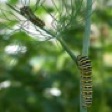
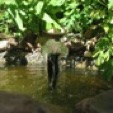
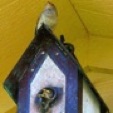

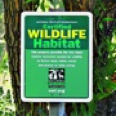
Ready...Set...Certify!
Once you have provided these essential elements to make a healthy and sustainable landscape design and wildlife habitat, join the thousands of wildlife enthusiasts across the country who have earned the distinction of being part of NWF's Certified Wildlife Habitat™ program.
*Excerpted from the National Wildlife Federation Certification Guidelines.
Let Your Garden Go Green
How you maintain your garden or landscape can have an important effect on the health of the soil, air, water and habitat for native wildlife--as well as the human community nearby. Reducing chemical use, composting, mulching and reducing turf grass in your yard are important steps to gardening greener.
Give Wildlife a Place to Raise Their Young
Wildlife need a sheltered place to raise their offspring. Many places for cover can double as locations where wildlife can raise young, from wildflower meadows and bushes where many butterflies and moths lay their eggs, to caves where bats roost and form colonies.
Supply Water for Wildlife
Wildlife need clean water sources for many purposes, including drinking, bathing and reproduction. Water sources may include natural features such as ponds, lakes, rivers, springs, oceans and wetlands; or human-made features such as bird baths,puddling areas for butterflies, installed ponds or rain gardens.
